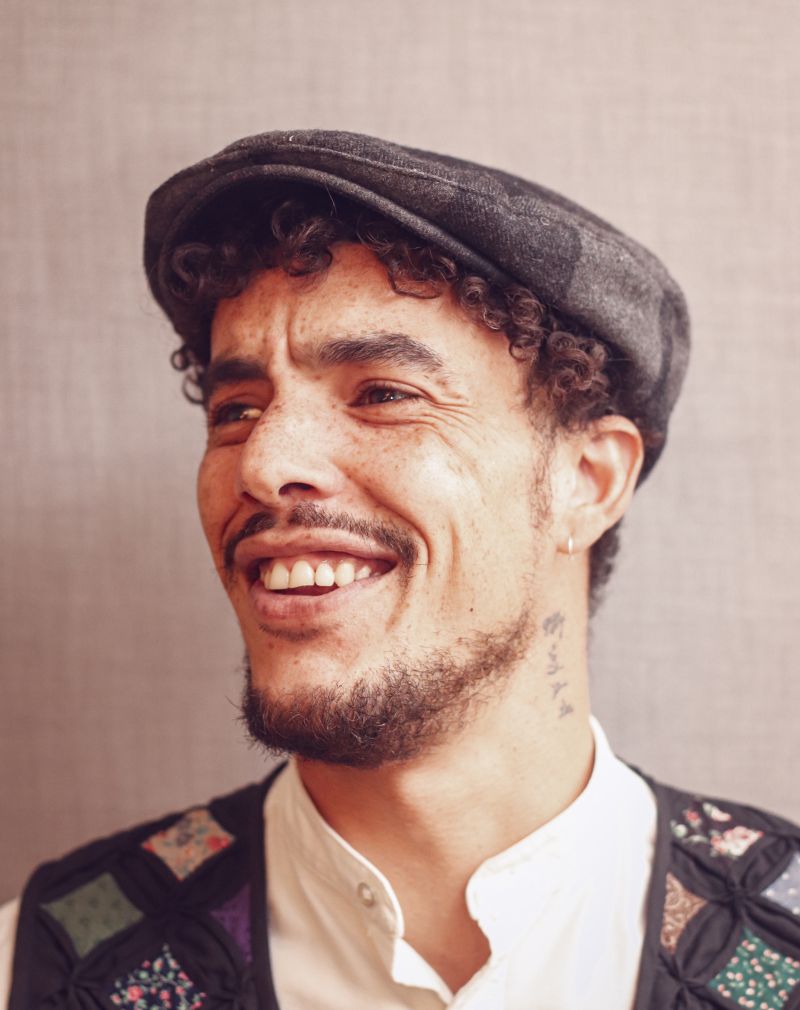Most people say they’re grateful. But when life gets heavy, that word starts to slip through their hands.
Gratitude looks easy when things are calm. It sounds like smiles and lists of blessings. But real gratitude isn’t always gentle. It’s a mirror that shows what we have and what we’re afraid to lose.
That’s why so many people stop after a few days. It’s not because they don’t care. It’s because thankfulness asks for honesty, not perfection.
At The American Wellness Center in Dubai Healthcare City, our Psychology Department, sees how gratitude can rebuild the mind’s quiet strength. The kind that grows only when you stop pretending everything’s fine.
So, what if gratitude isn’t about being happy at all, but about finally being real?
The Science Behind Gratitude and the Self
Gratitude isn’t just an emotion. It’s a physical response that reshapes how your brain handles stress.
Each time you pause to feel thankful, your prefrontal cortex activates — the same region that helps regulate emotion and decision-making. Dopamine rises, cortisol drops, and the nervous system finds its balance again.
People who practice gratitude regularly sleep better, experience fewer spikes in anxiety, and recover faster after distress. It’s the body’s way of remembering safety.
But gratitude doesn’t only show the calm. It also shows the discomfort hiding underneath. Sometimes it feels like a lie but that’s just honesty surfacing through old pain.
Gratitude feels false because you haven’t made peace with what still hurts. That’s the moment where real change begins.
Gratitude and Acceptance: The Hard Truth
Acceptance isn’t the same as surrender. It’s the moment you stop pretending things didn’t happen.
Most people confuse gratitude with forced optimism. They try to smile through what broke them, thinking that’s strength. It isn’t. Real gratitude doesn’t silence pain. It lets pain speak and still says, I’m here.
Think of being thankful for a relationship that ended. You’re not glad it ended; you’re grateful for the strength it revealed in you. That’s where healing hides — in the quiet acknowledgment of truth.
Here’s what often helps people move forward:
- Name what happened without dressing it up.
- Allow sadness without shame.
- Let gratitude grow from what’s real, not what’s ideal.
You can’t heal from what you refuse to face, even if you wrap it in kind words.
How Gratitude Shapes Self-Perception
When you start thanking yourself, something shifts. The voice inside your head softens.
Gratitude interrupts the habit of self-blame. It replaces, I failed again with, I’m still learning. That small shift rewires the mind.
Recent studies show that people who write daily gratitude entries have fewer self-critical thoughts and steadier mood. It’s not magic — it’s repetition turning into new wiring.
Gratitude doesn’t erase your flaws. It gives them meaning. You start seeing your scars as evidence of growth, not failure.
And sometimes, that’s enough to change how you look at the person in the mirror.
The Hidden Self: Meeting What You Avoid
Everyone carries a hidden self — the part that remembers too much or hides too well.
Gratitude doesn’t push that self away. It draws it closer. It asks you to see the ache, the fear, the regret, and still thank yourself for surviving them.
Maybe you discover patience you didn’t know you had. Maybe you see strength that only appeared once everything else was stripped away.
Acknowledging both your wounds and your progress builds self-compassion, a quality proven to lower anxiety and steady emotional swings.
- Gratitude exposes what you’ve survived.
- It turns shame into understanding.
- It teaches you to be kind to the parts you once avoided.
Sometimes, the hardest person to thank is yourself. But once you do, gratitude stops being an exercise — and starts becoming home.
Practical Gratitude Habits That Heal
Once you’ve understood what gratitude really means, the next step is living it — quietly, consistently, in small moments.
You don’t need a journal full of perfect entries. You just need attention. Gratitude grows where focus goes.
Start simple:
- Name three small truths each day. Not the obvious ones. Say, “I got out of bed even when I didn’t want to.”
- Thank the discomfort. Being grateful for challenge rewires your brain’s stress response, turning tension into growth.
- Say it out loud. A sincere “thank you” releases oxytocin, the hormone that helps you feel safe around others.
- Reflect once a week. Ask, “What did I resist, and what did it teach me?”
The trick is consistency, not grandeur. Gratitude is muscle memory for the mind — strengthened only by use because gratitude without reflection is decoration, not growth.
Start where you are. That’s enough.
When Gratitude Feels Out of Reach
There are days when gratitude feels impossible. When the weight of what’s missing overshadows what’s present.
That doesn’t mean you’ve failed. It means your mind is protecting itself. Trauma, depression, and long stress can block access to positive emotion — your brain goes into survival mode.
Here’s what most people miss: forced positivity makes things worse. Pretending you’re grateful when you’re not only deepens guilt and distance. Healing can’t start from pretending.
At those moments, don’t chase gratitude. Just stay open to the possibility that one day, you’ll feel it again. That openness itself is a kind of hope.
Our Psychology Department at The American Wellness Center in Dubai Healthcare City, therapists work gently with this resistance. Through mindfulness and reframing, patients learn to stop forcing feelings and start noticing small shifts — the first signs of safety returning.
It’s okay if gratitude doesn’t come easily; healing often starts with honesty, not thankfulness. Even silence can be a form of progress if it’s honest.
The Role of Therapy in Deepening Gratitude
Sometimes gratitude brings up more than peace — it brings up grief, resentment, and memories that never settled. Therapy is where those layers are untangled.
At The American Wellness Center in Dubai Healthcare City, psychologists use evidence-based methods like Cognitive Behavioral Therapy and Acceptance and Commitment Therapy to help patients align gratitude with truth. You can’t build gratitude on denial; it has to grow from clarity.
Therapy helps you see the full picture: not just what you’re thankful for, but what still hurts, and why. From there, gratitude becomes real — not a mask, but a quiet understanding.
For many, it starts with one shift: thanking the part of themselves that survived. The part that stayed cautious, alert, even when the world demanded ease.
You can’t rush peace. But you can learn to sit with what it asks of you.
And that’s where gratitude deepens — in the stillness after honesty, when you finally stop performing and start belonging to yourself.
Finding Peace in What’s Real
Gratitude isn’t about counting blessings. It’s about counting truths — even the ones that hurt.
Real thankfulness isn’t loud. It doesn’t look perfect. It sits quietly in the middle of your mess and says, this is mine, and I’m still here.
It softens shame. It honors pain. It reminds you that becoming whole isn’t the same as being flawless.
- Gratitude begins where pretending ends.
- Healing grows where honesty is allowed.
So tonight, don’t list what’s perfect. Thank what’s real. The effort, the breath, the small piece of peace that stayed with you.
At The American Wellness Center in Dubai Healthcare City, our psychologists help people find that kind of peace — the kind born from acceptance, not avoidance.
If this feels familiar, maybe it’s time to talk. Healing doesn’t wait for the right moment. It starts with one.



